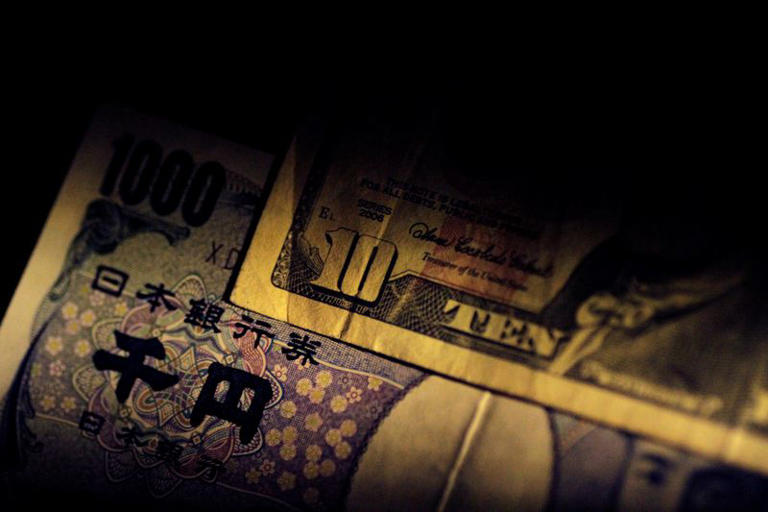On Tuesday, the foreign exchange markets witnessed the dollar attempting to breach the critical 160 yen threshold, a level of significant technical and psychological importance. However, the dollar’s advance was modest and ultimately faltered, settling 0.1% lower at 159.49 yen by the end of the session. This cautious movement came amidst widespread apprehension among traders, fueled by concerns over potential intervention by Japanese authorities to prevent excessive weakening of the yen against other currencies.
The market’s wariness stemmed from recent history, notably Japan’s massive currency intervention in late April and early May, amounting to 9.79 trillion yen (approximately $61.33 billion). This intervention was aimed at stabilizing the yen’s value and curbing its depreciation, highlighting the government’s readiness to act decisively to maintain stability in the currency markets.
Chris Weston, the head of research at Pepperstone, underscored the palpable nervousness among market participants. He pointed out that there’s a prevailing caution among traders, particularly those holding short positions on the yen as part of carry trades. Weston cautioned that such positions could be at risk of significant downside movements, citing the potential for substantial drops in the dollar/yen exchange rate, possibly in the range of 400 to 500 pips.
The yen’s recent weakening followed the Bank of Japan’s (BOJ) June policy meeting, where the central bank opted to maintain its extensive bond purchases, disappointing expectations for an immediate tapering of its quantitative easing measures. Minutes from the meeting, released the previous day, revealed internal deliberations within the BOJ about the possibility of raising interest rates in the near term, a move that could potentially strengthen the yen in the future.
Meanwhile, the broader foreign exchange market saw the dollar showing slight weakness ahead of the release of the U.S. Personal Consumption Expenditures (PCE) Price Index on Friday. This index is closely watched by the Federal Reserve as a key measure of inflation. Sterling maintained stability at $1.2688, while the Australian dollar strengthened marginally to $0.6667. In contrast, China’s yuan faced pressure, depreciating to 7.2625 against the dollar, nearing the lower end of the central bank’s daily trading band limit.
Geopolitical developments also influenced market sentiment, with focus on the upcoming first U.S. presidential debate between President Joe Biden and former President Donald Trump scheduled for Thursday. Additionally, French elections over the weekend added to uncertainties in global markets, contributing to cautious trading behavior.
In the realm of cryptocurrencies, bitcoin demonstrated a recovery, gaining 2.4% to reach $60,880. This rebound followed a recent decline attributed to outflows from bitcoin exchange-traded funds (ETFs), underscoring the volatility and sensitivity of digital assets to market sentiment and investor flows.
Overall, Tuesday’s market activities reflected a backdrop of cautious optimism tempered by geopolitical uncertainties, upcoming economic data releases, and the ever-present specter of central bank interventions. Traders navigated these dynamics with vigilance, anticipating potential volatility in the days ahead.
